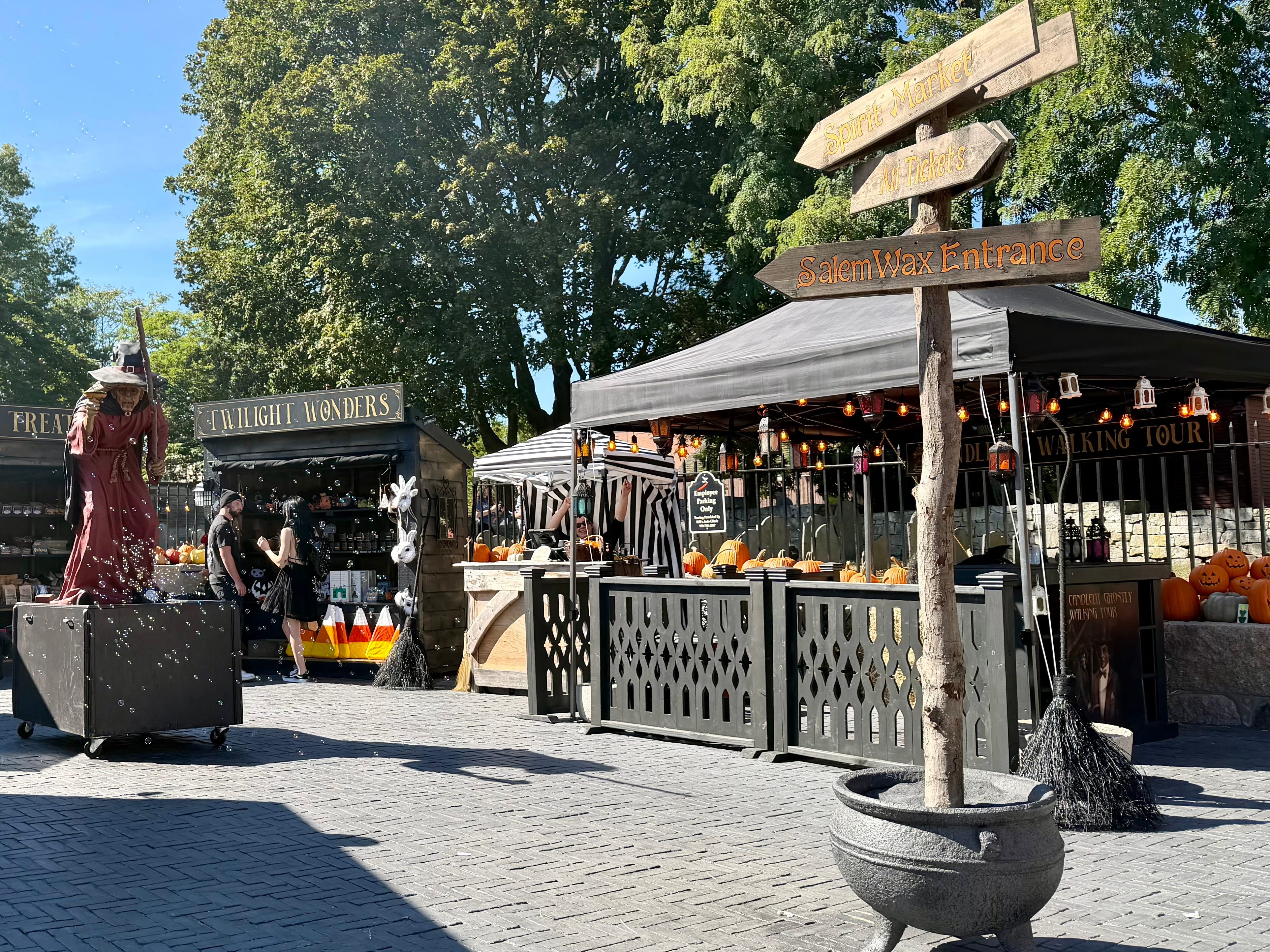
Amanda Shammas
- I visited Salem, Massachusetts, in its peak fall season and saw firsthand how busy the city can get.
- Tourism boosts the city’s economy, but it can create challenges for locals, especially in October.
- My visit highlighted the importance of being a mindful tourist and respecting locals.
As I walked down the busy Essex Street in Salem, Massachusetts, a man dressed as a scary clown popped out from behind a corner, startling tourists before posing for selfies with them.
Just down the block, kids with backpacks walked home from school, weaving through crowds of tourists snapping photos.
One moment felt like a horror movie, while the next felt like a basic slice of everyday life.
After spending hours navigating the city and speaking with locals, I really began to understand the effects of overtourism — especially during peak months.
For me, this was a fun seasonal trip to Salem. For locals, this was just another Monday in late September.
Even with the best intentions, I found myself becoming part of the problem
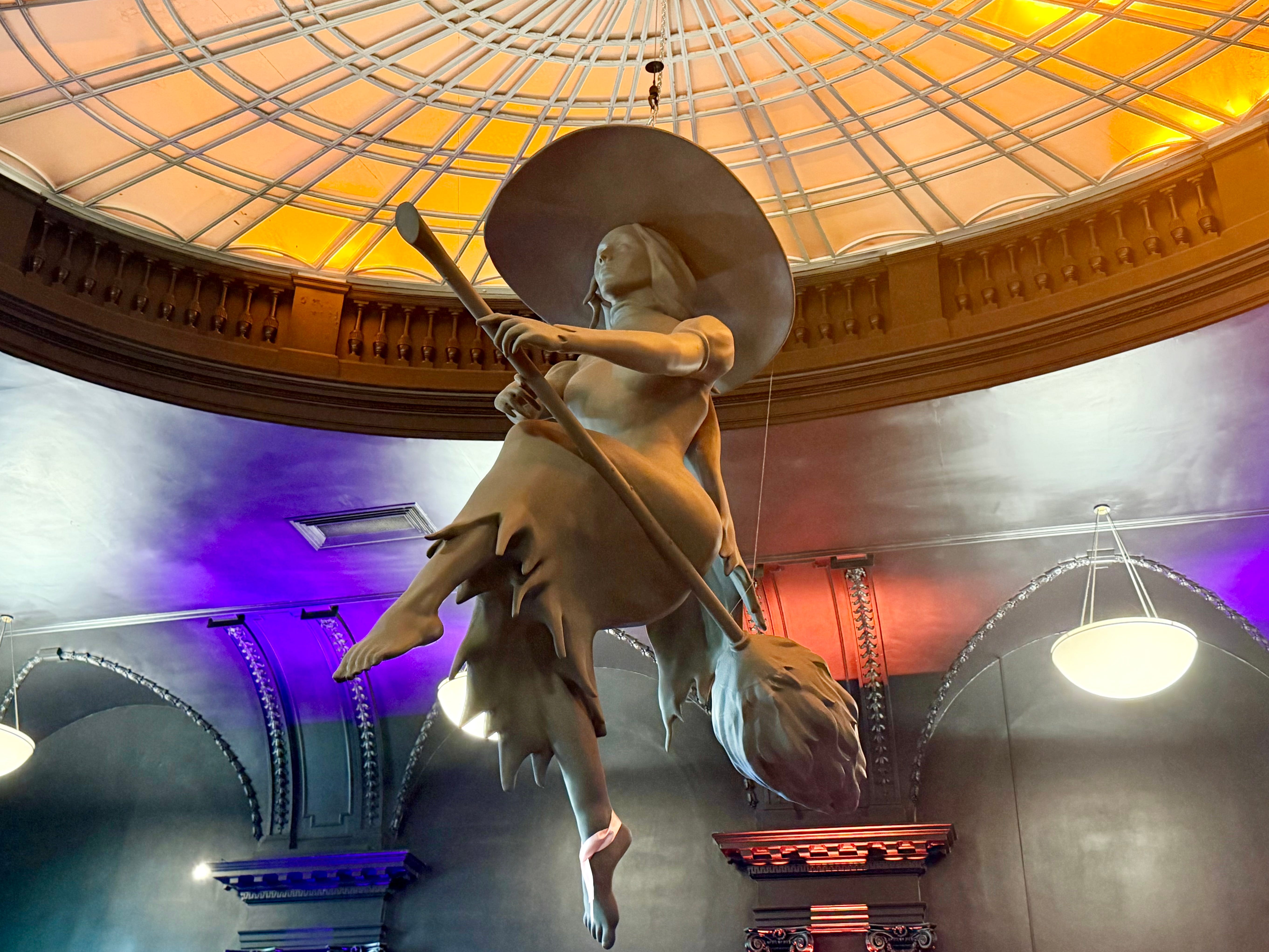
Amanda Shammas
A popular fall destination, the city attracts over a million tourists each year, with the majority arriving in September or October.
Like many others, I made sure my visit was in autumn so I could soak up the vibrant New England fall foliage, lean into the Halloween spirit of major attractions — like ghost tours — and explore the history of witch trials that has shaped the city’s identity.
Tourism fuels Salem’s economy, supporting local jobs and small businesses. But after spending just a few hours there, I understood why some residents I met feel overwhelmed by the constant crowds.
During my trip, I tipped street performers and supported many small businesses as I shopped and dined — but it still didn’t feel like enough.
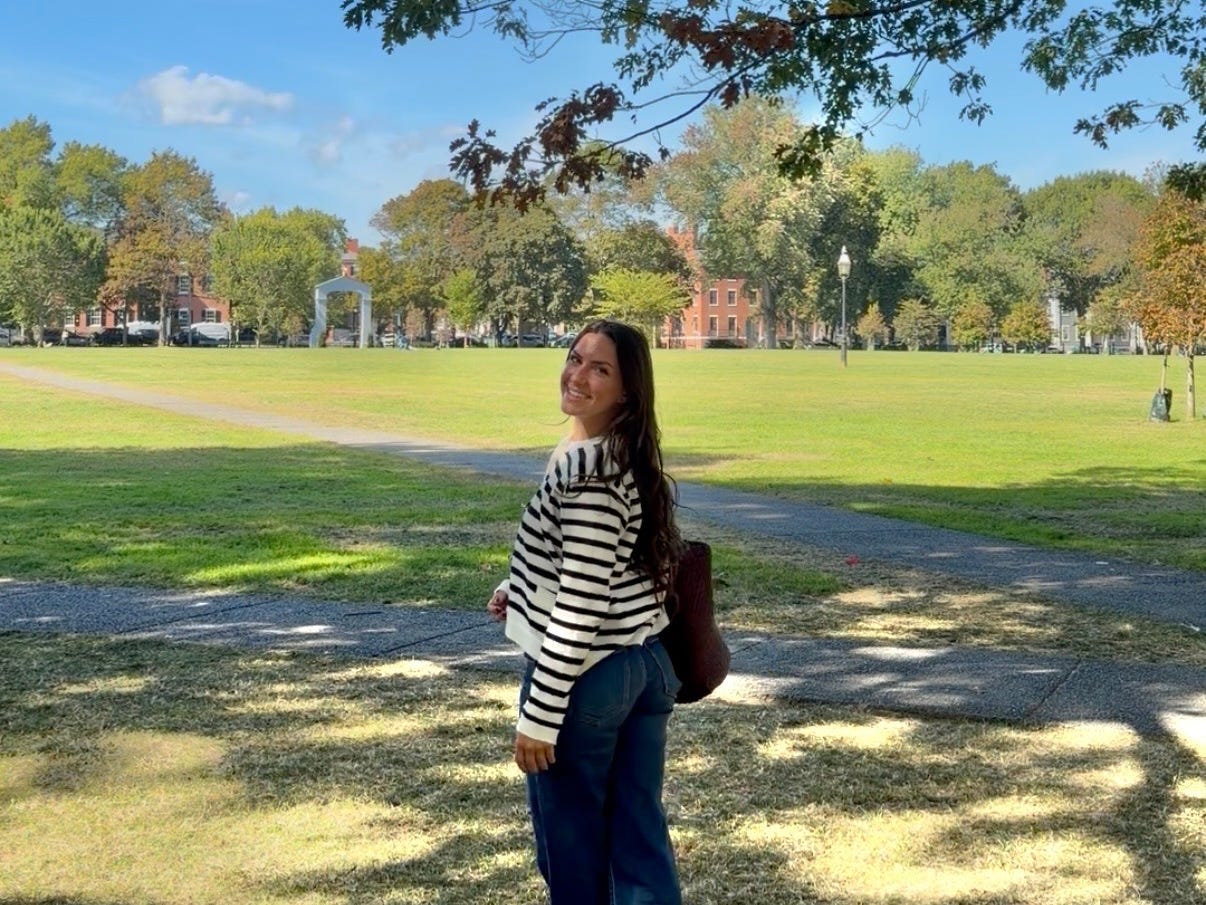
Amanda Shammas
One particular moment that gave me pause was during a walking tour of the “Hocus Pocus” filming locations.
Most of the sites, like Salem Commons or the Old Town Hall, are open to the public. But my last stop was an iconic house from the movie, which I was surprised to learn is actually a private residence.
Locals told me people who live there have experienced fans ignoring the “no trespassing” signs by walking up onto their porch, peering into their windows, and posing on their property.
The line between attraction and intrusion can blur quickly when a famous spot is also someone’s front yard. As I went to take a photo of the house from the street, I felt uneasy imagining how I’d feel if strangers did the same to my home.
It felt easy to see how difficult living in a popular tourist spot could be for locals
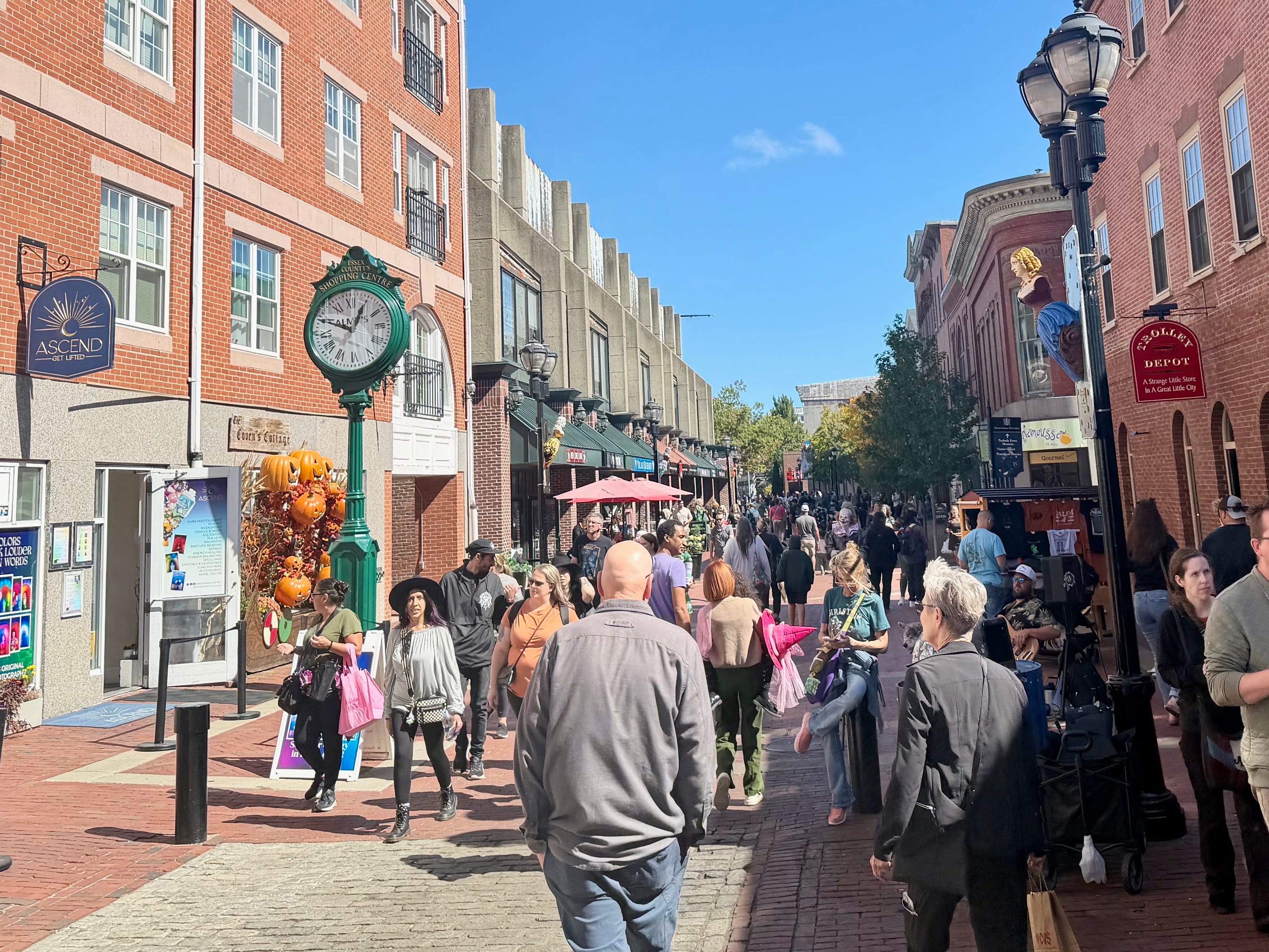
Amanda Shammas
As I navigated packed streets, I gained a deeper understanding of how tourists cause inconveniences for residents.
The line for my morning coffee stretched down the block, and I waited nearly an hour to order. Photo ops clogged sidewalks, and in some spots crowds spilled into the street, slowing down cars and disrupting traffic.
I spoke to one man who told me he lived a short walk from the busy Essex Street. He said that this was nothing compared to October crowds, when people are shoulder-to-shoulder.
Some residents I spoke with said they simply try to stay inside as much as possible around Halloween to avoid the chaos.
According to data from Destination Salem, last Halloween alone, the city hosted 87,000 people, nearly double its population, in a single day.
Local tour guide Ben Doucette told me that his typical 20-minute commute from his home, just north of Boston, often turns into a one-hour ordeal in October.
We also spoke about how residents can struggle to get sleep during late-night hours, when they want to go to bed but ghost tours and haunted walks are still in full swing outside.
Whether I’m in Salem or another popular city, I want to travel more mindfully
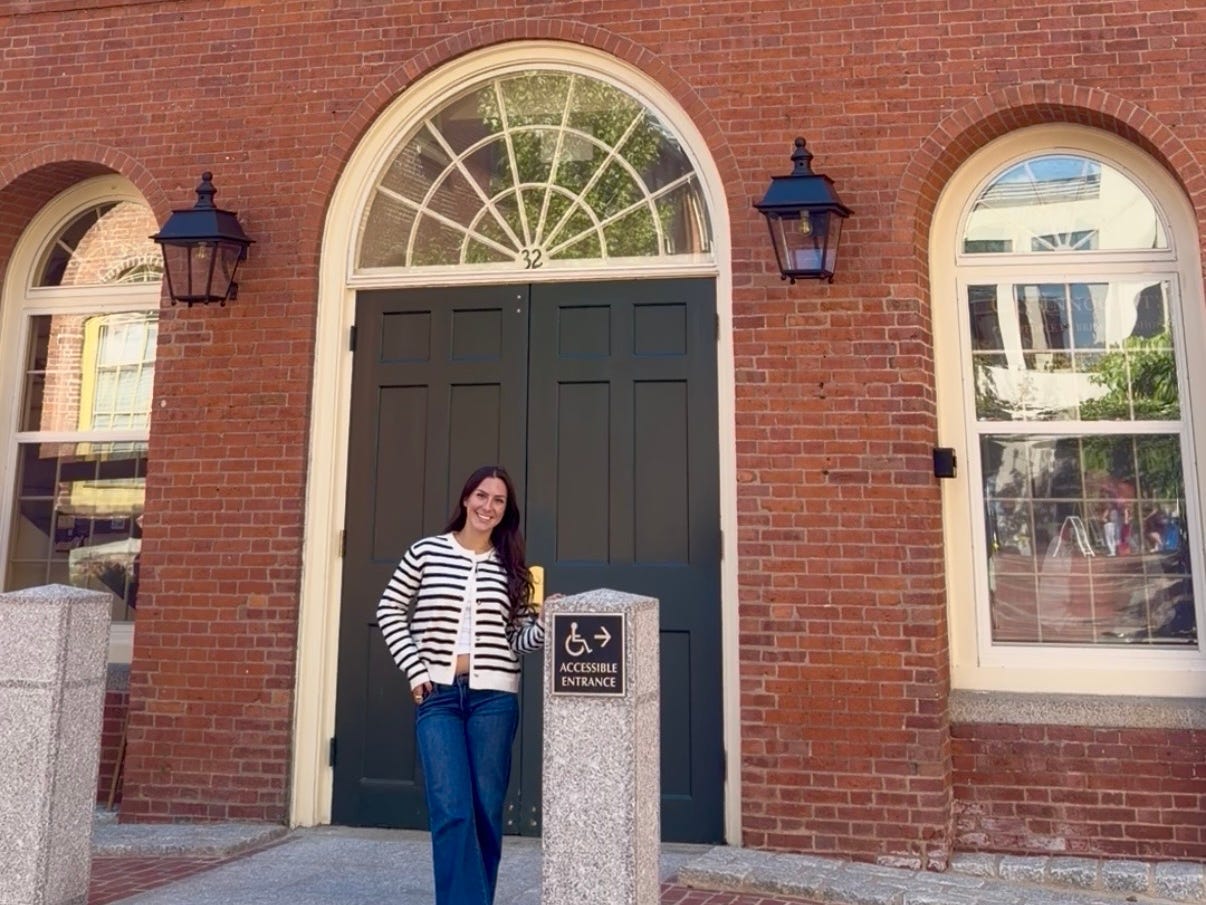
Amanda Shammas
In recent years, the city has introduced new measures to manage tourism, from increasing public-safety efforts to raising licensing fees for tour guides to help reduce congestion.
However, there’s only so much officials can do — the rest is up to the visitors. After my trip, I left wanting to be a more responsible traveler wherever I go, and especially if I return to Salem.
The city is beautiful and fun, and it relies heavily on tourism. However, next time I want to plan better and try to be more mindful.
To start, I’d visit during the offseason instead of contributing to the biggest crowds of the year, stick to public spaces on tours, respect private homes, and give locals a little more room on crowded sidewalks.
After all, in any city, tourism works best when it sustains communities instead of straining them — and that starts with the people who visit.
Read the original article on Business Insider
The post I visited a popular city during its busiest season. My trip made me want to become a more respectful tourist. appeared first on Business Insider.




